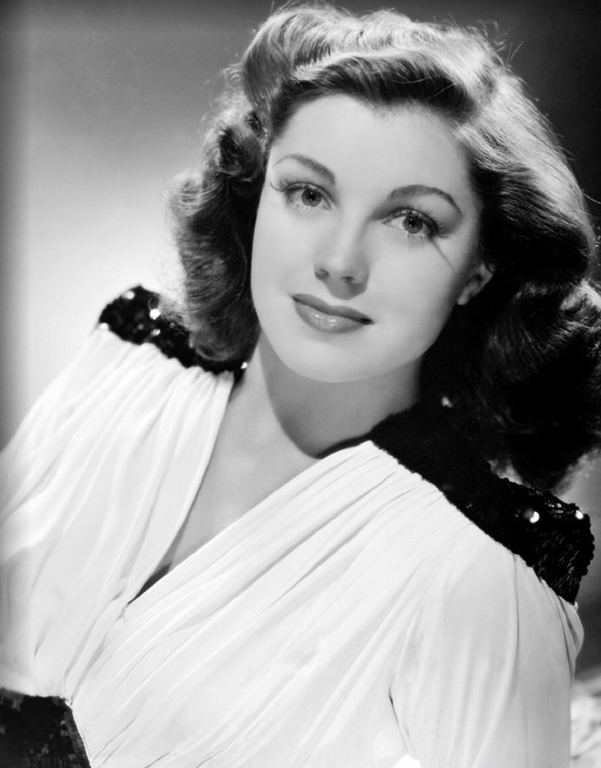A Star Who Turned Pools into Stages
Imagine a champion swimmer slicing through the water like a ballerina in motion and then transforming that skill into Hollywood magic. That’s Esther Williams, the dazzling trailblazer who fused sport and spectacle to create the aquamusical—a film genre all her own. Born Esther Jane Williams on August 8, 1921, in Inglewood, California, she went from shattering national swimming records to captivating audiences worldwide. Fans proudly called her “The Mermaid of MGM,” and for good reason: she turned every dive and spin into a dance of color and light. Though she passed away in 2013, her influence still ripples through both sports and cinema.
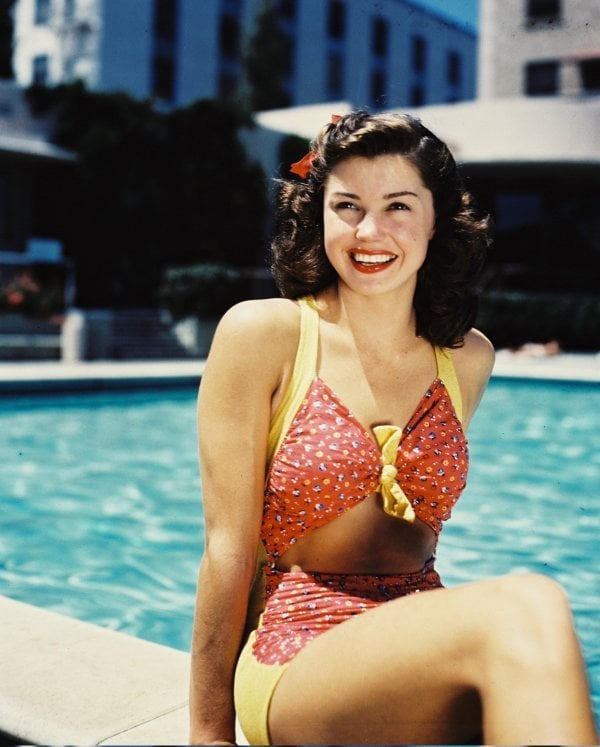
Early Laps Toward Glory
Growing up in Depression-era California, Esther found freedom in the water. After the tragic loss of her older brother, swimming became both her sanctuary and her passion. By her teens she trained at the Los Angeles Athletic Club, quickly breaking national records in the freestyle and breaststroke. She had her sights set on the 1940 Olympics, but World War II canceled the games and redirected her destiny. When opportunity knocked in the form of Billy Rose’s Aquacade water show in San Francisco, Esther dove in—literally—and Hollywood took notice.

Her natural athleticism and easy charisma made her stand out instantly. At just sixteen she had already captured national titles, and by nineteen she was recognized as one of the most promising swimmers in America. Those early victories didn’t simply prepare her muscles for future stunts; they built the discipline and resilience that would later carry her through the rigors of Hollywood filmmaking.
Video : Million Dollar Mermaid Clip: Esther Williams – Annette Kellermann – MGM
Hollywood Discovers Its Mermaid
MGM scouts were mesmerized by her combination of athletic power and camera-ready charm. After a small part in Andy Hardy’s Double Life (1942), she landed her breakout in Bathing Beauty (1944). The studio reworked the script just to showcase her aquatic artistry—synchronized swimmers, elaborate diving stunts, and the kind of spectacle that could fill theaters worldwide. The film became a massive hit, and suddenly Esther wasn’t just a swimmer; she was a movie star with a genre built around her.

In a Hollywood overflowing with glamorous stars, Esther brought something new: the authenticity of a real athlete. Her presence offered a refreshing twist to the golden age of musicals. She could act, dance in the water, and perform dangerous stunts that left audiences breathless. Each film was a careful balance of romance, comedy, and aquatic ballet, and each one helped to define a new kind of movie magic.
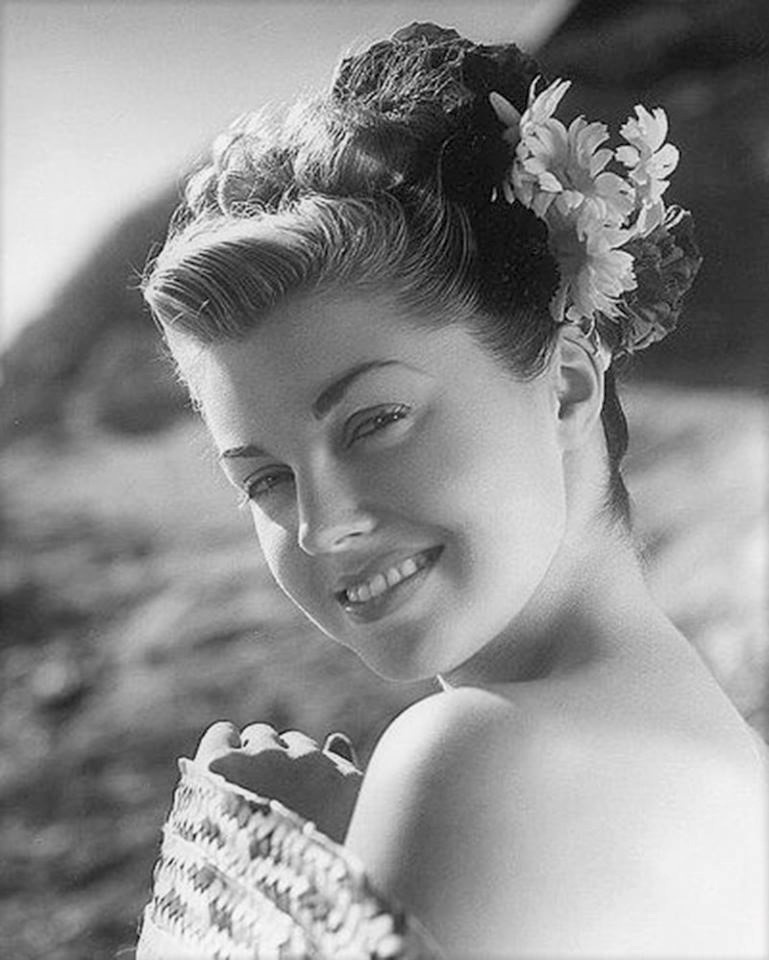
Creating the Aquamusical Magic
Throughout the 1940s and early ’50s, Esther Williams turned water into an art form. Films such as Ziegfeld Follies (1945), Neptune’s Daughter (1949), and the unforgettable Million Dollar Mermaid (1952) blended Hollywood glamour with gravity-defying dives. In Million Dollar Mermaid, she famously performed a 50-foot platform dive—an act of daring that became a signature of her fearless style. Audiences around the world watched in awe as Esther and her ensemble transformed swimming into a visual symphony of grace and athleticism.
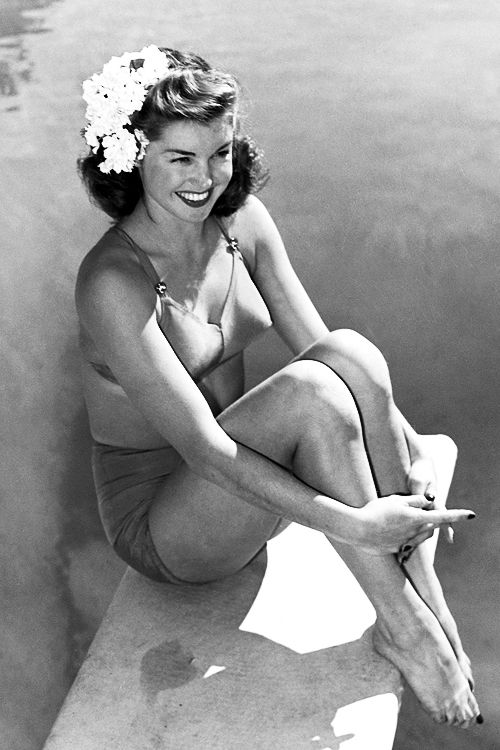
Her films were not only entertaining; they were technically groundbreaking. Specially built pools, underwater cameras, and inventive choreography created sequences that looked like living paintings. Long before CGI, Esther and her creative team proved that real athletic talent could produce jaw-dropping spectacle. She became the face of an entirely new genre—the aquamusical—where every splash and somersault became part of the story.
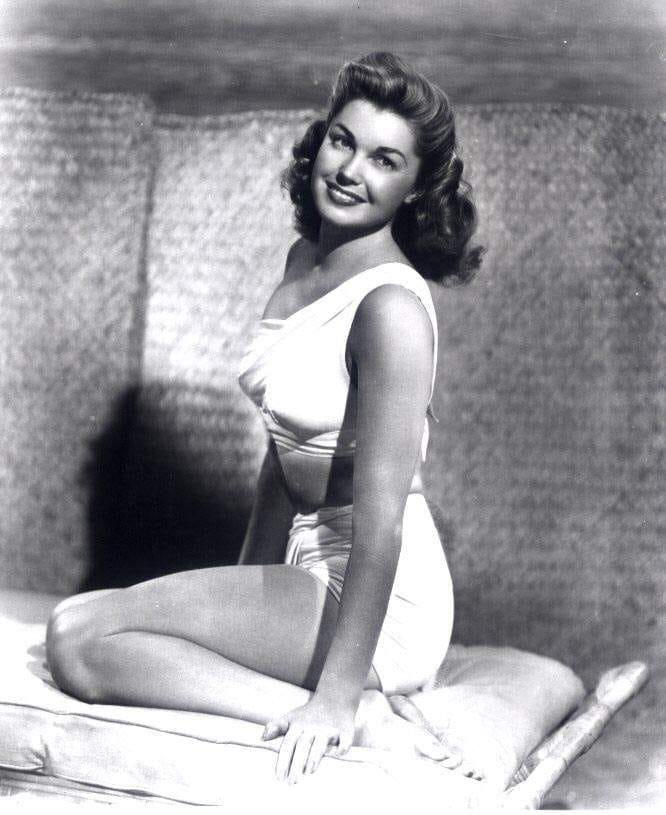
Cinematic Highlights and Star Collaborations
Working with Hollywood legends like Gene Kelly, Frank Sinatra, and Red Skelton, Esther proved her talent went beyond the pool. In Take Me Out to the Ball Game (1949), she matched Kelly and Sinatra’s charisma step for step. Dangerous When Wet (1953) even paired her with the animated duo Tom and Jerry, blending live action and cartoon playfulness. Whether in romantic comedies or spectacular musical numbers, she carried every scene with a natural charm that made her one of MGM’s top box-office draws.
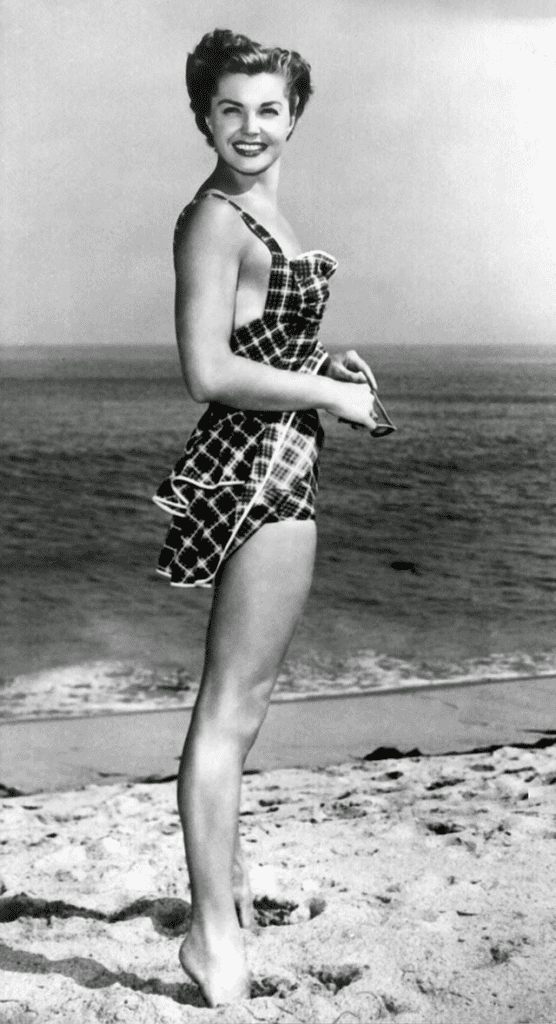
Other standout films included On an Island with You (1948), Easy to Love (1953), and Jupiter’s Darling (1955). Each film showcased her unique blend of glamour and grit, as she performed complex routines that often required hours of underwater training. The physical demands were intense: long hours in chilly pools, countless rehearsals, and stunts that sometimes left her injured. Yet Esther performed them with a smile, her professionalism setting a standard for all who followed.

Challenges and Reinvention
By the mid-1950s, the aquamusical’s popularity began to wane. Esther faced studio politics, injuries from demanding stunts, and the changing tastes of audiences. Yet she refused to let her career sink. She pivoted gracefully—appearing on television, writing her bestselling memoir The Million Dollar Mermaid, and launching a successful line of stylish swimwear and backyard pools. Her entrepreneurial spirit showed that her talents went far beyond the screen.
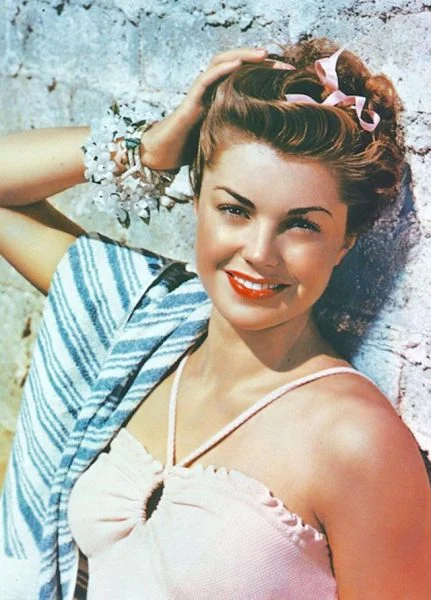
Her swimsuits, marketed through major retailers, were both fashionable and functional, reflecting the same elegance and practicality that defined her films. She also helped promote water safety and swimming education, inspiring new generations to dive in with confidence. In these ventures, Esther demonstrated that a true star can shine long after the cameras stop rolling.
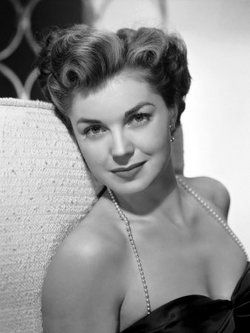
Life Beyond the Spotlight
Off-screen, Esther’s personal life had its share of joys and trials. She married three times and raised three children, balancing family with a high-profile career. Her third marriage, to actor Fernando Lamas, lasted until his death in 1982 and brought her both partnership and creative collaboration. She often spoke of how swimming gave her the discipline to navigate Hollywood’s turbulence and the losses life inevitably brought.

She also faced injuries and near-misses during her career—proof of the risks behind the glittering spectacles. Yet she met every challenge with humor and resilience. Friends and colleagues remembered her as warm, generous, and fiercely determined, qualities that endeared her to audiences and industry insiders alike.
Video : Esther Williams-Give It To Me Baby
A Lasting Influence on Sport and Style
Esther didn’t just entertain—she shaped the way the world thinks about swimming and fitness. Her swimwear designs married fashion with functionality, inspiring generations of athletes and beachgoers. She championed water safety and helped popularize synchronized swimming, paving the way for it to become an Olympic sport. Even decades after her final film, her elegant water ballets continue to inspire choreographers, filmmakers, and athletes.

Her influence stretched beyond Hollywood. Swim schools and synchronized swimming teams across the globe still look to her routines as a benchmark of precision and beauty. In an age of digital effects, her practical, real-world artistry stands as a reminder of the magic of human skill.
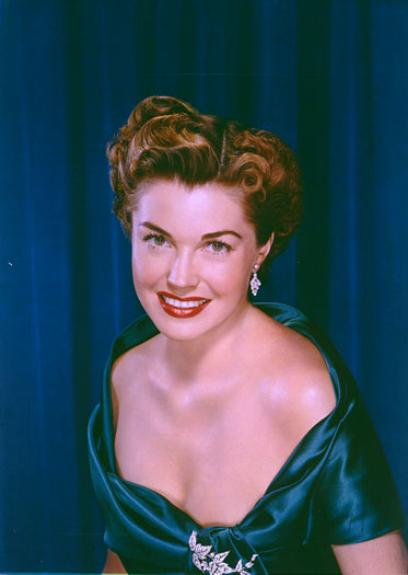
Legacy That Still Makes Waves
Esther Williams passed away on June 6, 2013, at the age of 91, but her legend remains vibrant. Her classic films continue to stream to new audiences, while documentaries and retrospectives celebrate her pioneering career. Social media tributes and vintage film festivals keep her memory alive, reminding us of the era when a swimmer-turned-actress could invent a whole new form of entertainment.
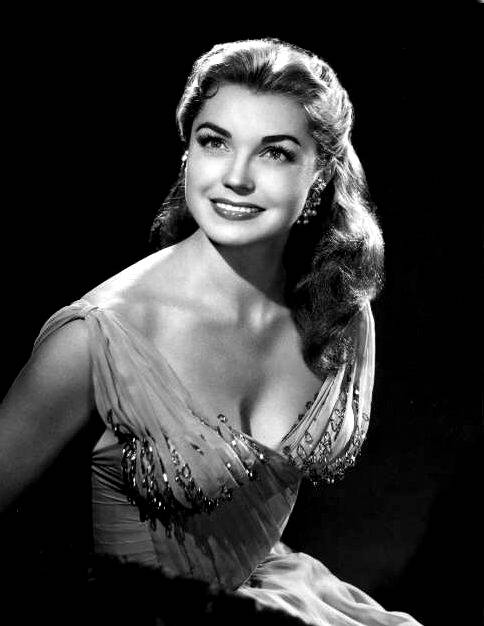
In 2025, her influence is still visible in everything from competitive synchronized swimming to the resurgence of retro Hollywood musicals. Young performers and athletes cite her as an inspiration, and her films are studied for their groundbreaking choreography and camera techniques. Esther’s combination of athleticism and artistry set a standard that continues to guide both sports and cinema.
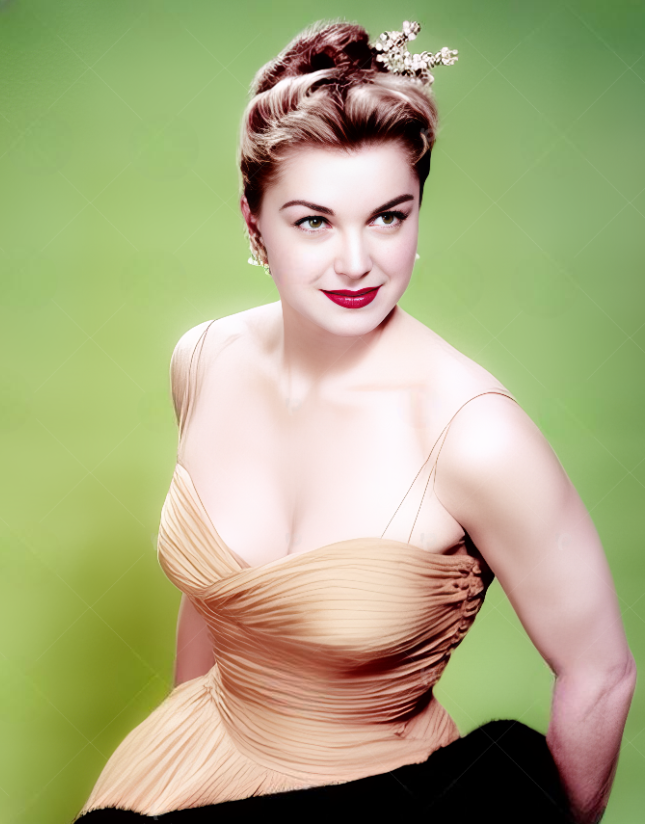
Conclusion
Esther Williams proved that talent and determination can transform setbacks into triumphs. From a young swimmer with Olympic dreams to the glamorous “Mermaid of MGM,” she blended athletic prowess and cinematic artistry to create a genre that remains unmatched. Her dives weren’t just stunts—they were stories told in motion, turning pools into stages and inspiring generations to chase their own daring dreams. Her life stands as a shining example that with courage and creativity, you can turn any arena—whether a pool or a film studio—into a place of wonder.
